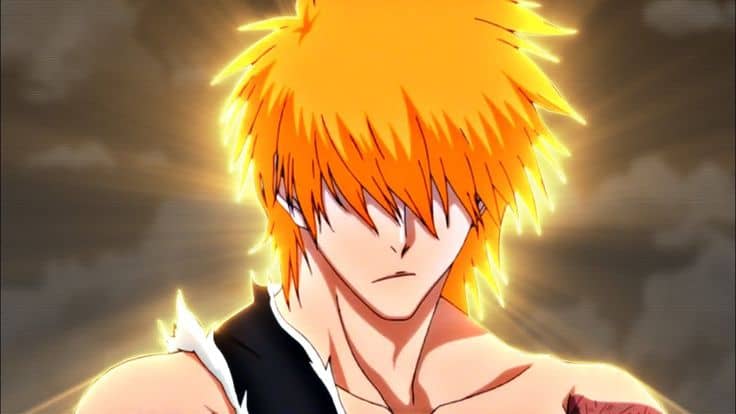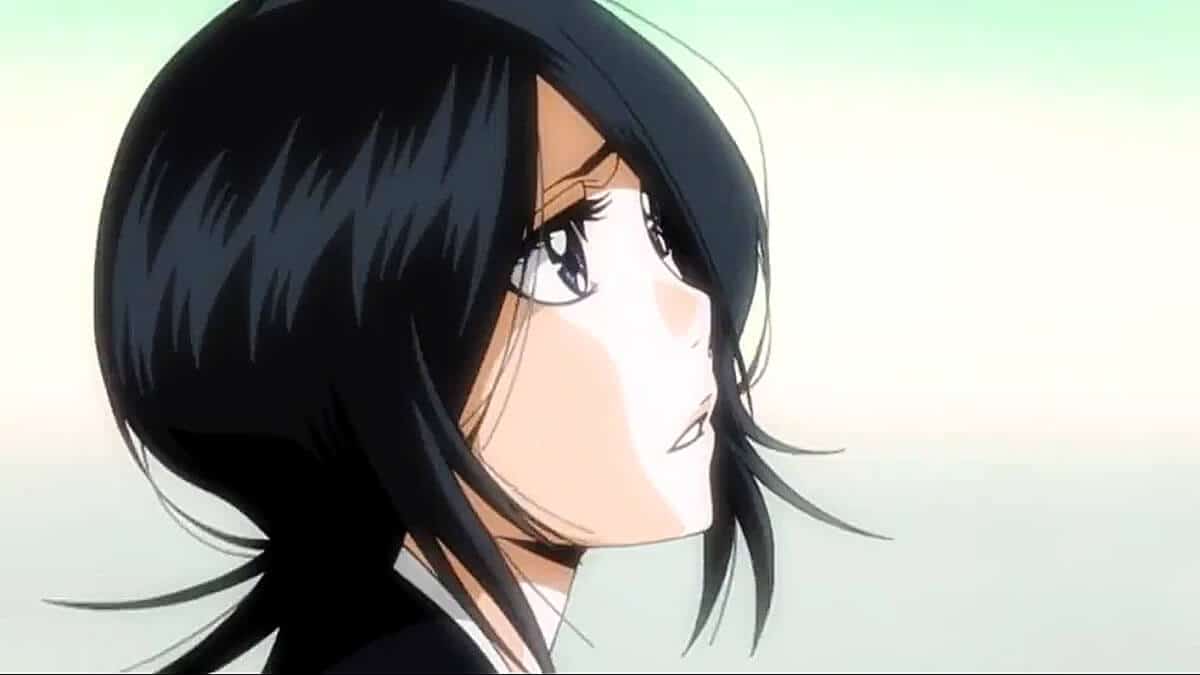Bleach is one of three so-called “mainstream shonen anime.” Along with Naruto and One Piece, these three have been hugely popular and endlessly compared among fans who wanted to prove their favorite was the best. They refuse to abandon fanboyism to view the series from an objective perspective.
Produced by Studio Pierrot and directed by Noriyuki Abe, the series aired on TV Tokyo from October 2004 to March 2012 and consisted of 366 episodes. It went on for a long time and made quite a name for itself over the years to be also known as one of the ‘Big Three.’
Who is Ichigo, and How He Become So Strong?
Ichigo Kurosaki, 15 years before he became a Shinigami, was just like any other kid, and at the age of four, he joined a Karate dojo where he met and befriended Tatsuki Arisawa. Tatsuki would defeat Ichigo in all the karate matches at the dojo and also save him from the bullies from time to time.
Ichigo has been able to see Pluses (spirits of the dead people who roam the Human World) for as long as he can remember. Since Ichigo is a kid and is not able to tell the living from the dead, this makes him appear to other people in deserted places and talk to himself. People also started saying he was able to see the ghosts among them, but when Tatsuki enquired about it, Ichigo denied it.
Soon Ichigo was twelve and was roaming in the rain with his mother, Masaki Kurosaki. He saw a girl near the riverbank but could not tell if she was alive or dead, so he went after to save her, but it was a Plus, and he lost consciousness for a time, and when he woke up, he saw Masakai (his mother) on him all bloodied.
After that, he changed and started skipping school often and visiting the river bank. Ichigo finally defeated Tatsuki in a karate match. He often got into fights during this time, still trying to cope with his mother’s death.
He started to stay away from such events related to Plus soon after Masaki’s death. Everything changes when 15-year-old Ichigo Kurosaki receives a visit from Rukia Kuchiki. He initially thinks of her as a burglar but later on realizes only he can see her, so he dismisses her as a ghost.

Ichigo ignores her explanation about Shinigami and ghosts, so to prove her point, Rukia engages him in a Kido (a combat style using spells between Shinigamis’). Later on, a Hollow, spiteful soul descends on Ichigo’s house and attacks him and his family.
When it becomes clear that the brave Ichigo cannot fend off his attackers, Shinigami (Death God) Rukia Kuchiki comes to his aid. However, when Rukia is attacked by a hollow, she is forced to relinquish almost half her powers to Ichigo. Ichigo thinks she died, only to see her the next day as the new transfer student in his school.
Rukia forces Ichigo to do her work for her till her powers return. Armed with these new abilities, Ichigo soon assumes the role of a Soul Reaper / Shinigami and regularly interacts with ghosts and other supernatural beings to protect innocent people and help lost souls find peace.
The Abridged Storyline Overview
The concept seems pretty basic at first about the existence of the Soul Reapers (Shinigami), empowered souls who guide departed human souls to Soul Society, the afterlife dimension, who came into existence after Feudal Japan.
They also fight Hollows, who are evil and malevolent spirits, so that they can protect living humans and souls alike. Just like the other classics like Naruto, One Piece, and Dragon Ball series, the first arc of the series/stories contains the backstories of the main cast of Bleach.
Bleach also has the basic set of characters in the anime like the standard, headstrong, rash, and protective teenage shonen hero, his voice of reason in the form of a girl, his arrogant glassed rival, the ditzy klutz girl with big breasts, and the large, stoic type.

However, towards the end of the first arc, an actual conspiracy emerges, events are set in motion, and before long, there is an attack on the Soul Society, a rescue mission by our team of 4-5 heroes blazing a trail.
By Shinigami of all kinds trying to reach their goal, conveniently positioned in the center of this society. You get a great deal of great action and meaningful combat in this arc, along with an extremely large and flashy cast of characters, flashbacks, and an alluring plot.
Everything forms a big arc and ends after about 60 episodes of the show, where the most interesting twist takes place. And the ending is the pinnacle of Bleach in every way. It’s a steep descent from there, with its two slowly filling arcs, and the excitement clearly dies down.
From there, the show never gets quite as emotional as it did with the Soul Society arc. It’s getting some interesting new facets that will be revealed in the next Arrancar arc, but the Hueco Mundo arc isn’t very exciting either.
It’s too big a fight and has been repurposed to save a girl in a desperate plan. The colorful cast isn’t seen much anymore, apart from some interesting emotional developments, thanks to a goofy girl, and most battles don’t have the same intensity as battles in the Soul Society.
It’s more of a one-off show of force now, and the villains’ motivation for their fight would only become apparent after the actual fight, and things like that bring things kinda mixed up. There are some plot holes, but nothing that would change the story immensely.
In addition to a completely random filler arc (reusing some plot elements from the story), Bleach showed room for improvement in the second half, expanding its cast immeasurably and bringing the universe to life in so many ways. Bleach has gotten better over time because it seems like it is. But I doubt it’s as good as it was in its prime, the Soul Society rescue arc.
Our Verdict
Despite its many shortcomings, it’s still a very enjoyable watch. So why? The answer is the unexpected factor it has. Due to the large cast and epic universe, we can’t really know what happens next. We can only make limited guesses. What powers does this character have? What are villains really up to? And what about that guy? What happens next? I know who knows who.
So it can be said that Bleach’s true strength lies in its cast. The cast manages to bring out the mysteries, plot twists, and other aspects of greatness to cover up for plots that are somewhat lacking. So what about aesthetics? There are many who believe that the visual and aural aspects of anime are just as important as the storyline and character development. And Bleach delivers in many ways here.
The quality of the animation is very annoying to discuss as it varies greatly in quality. At worst, you have low frame rates, rowdy character designs, and framed action. Most of the time, it’s decent. Not average, but by no means pompous. Expect ups and downs in this sector.
The soundtrack and the music, on the other hand, were thrilling. Very varied and updated with each story arc, often introducing new songs while sustaining old ones, this variation is a key part of the above-average soundtrack.
It has everything from upbeat, adrenaline-pumping electric guitar tracks to soothing piano tracks to standard comedy moment tracks, all while perfectly retaining the atmosphere and spirit of current events.
Opening and ending themes span a wide variety of styles and genres, from light and sentimental to rap, rock, and pop too. Despite the variation through time in the animation styles, music, and storyline, it is still worth a watch.
Our Rating: ⭐ (4/5).
Also Read: Why Is The Anime Called Bleach? The Real Reason Behind Bleach’s Nomenclature




